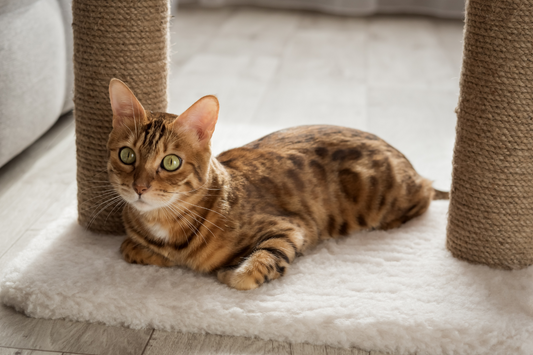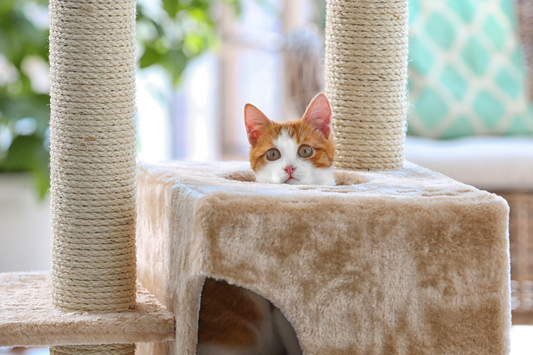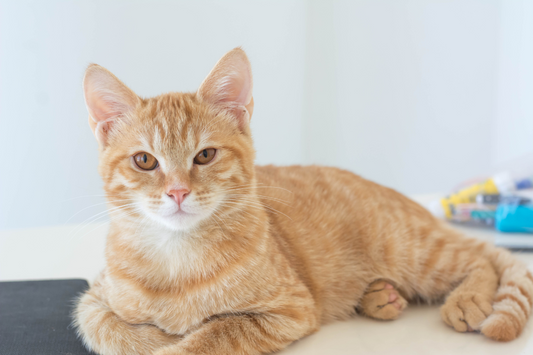
Claw-related injuries are more common in cats than many owners realize. From painful ingrown claws to cracked nails and infections, poor claw health can lead to discomfort, reduced mobility, and even behavioral issues. Fortunately, there’s a simple yet effective solution: regular use of cat scratchers.
Understanding Claw-Related Injuries
Cats rely on their claws for mobility, defense, and grooming. When claws become overgrown or brittle, they can curve into the paw pad, break unevenly, or accumulate debris and bacteria, leading to infections or limping. These injuries not only cause pain but may also require costly veterinary attention if left unchecked.
The Natural Instinct to Scratch
Scratching isn’t just a quirky feline habit—it’s a vital behavior rooted in instinct. When cats scratch, they’re doing more than marking territory or stretching their muscles. It plays a critical role in their overall well-being:
• Claw Maintenance: Scratching helps slough off the outer sheath of the claw, revealing a sharper, healthier layer underneath.
• Muscle Stretching: Cats often scratch during full-body stretches, helping to tone and activate muscles from neck to toes.
• Stress Relief: Like a stress ball for humans, scratching offers emotional release and helps reduce anxiety or boredom.
• Territorial Marking: Cats have scent glands in their paws, and scratching leaves both a visual mark and a scent trail to define their territory.
By providing a safe and engaging surface for scratching, you’re supporting your cat’s physical and psychological health while reducing the likelihood of destructive behavior elsewhere in the home.
How Scratchers Support Claw Health
A high-quality scratcher helps shed the outer layers of the claw, preventing overgrowth and maintaining an optimal shape and length. This natural filing reduces the risk of splits, painful snags, or embedded claws, especially in indoor cats that don’t get natural abrasion from outdoor surfaces.
Best Types of Scratchers for Injury Prevention
Not all scratchers are created equal. Cats have preferences, and the right design can improve usage:
• Vertical Scratchers: Mimic tree trunks and are ideal for full-body stretches.
• Horizontal Scratchers: Allow for more paw control and mimic ground-level textures.
• Material Matters: Sisal fabric and dense cardboard provide satisfying resistance and durability, promoting consistent use and effective claw maintenance.
Offering a mix of these types ensures cats can engage in their preferred scratching posture, maximizing the health benefits.
Conclusion
Maintaining your cat’s claw health doesn’t have to involve frequent trims or stressful vet visits. With the right scratchers, you provide your feline companion a safe, natural, and enjoyable way to care for their claws—minimizing the risk of injuries and enhancing their overall well-being. Invest in a scratcher that suits your cat's style, and you’ll not only protect your furniture but also their paws.











